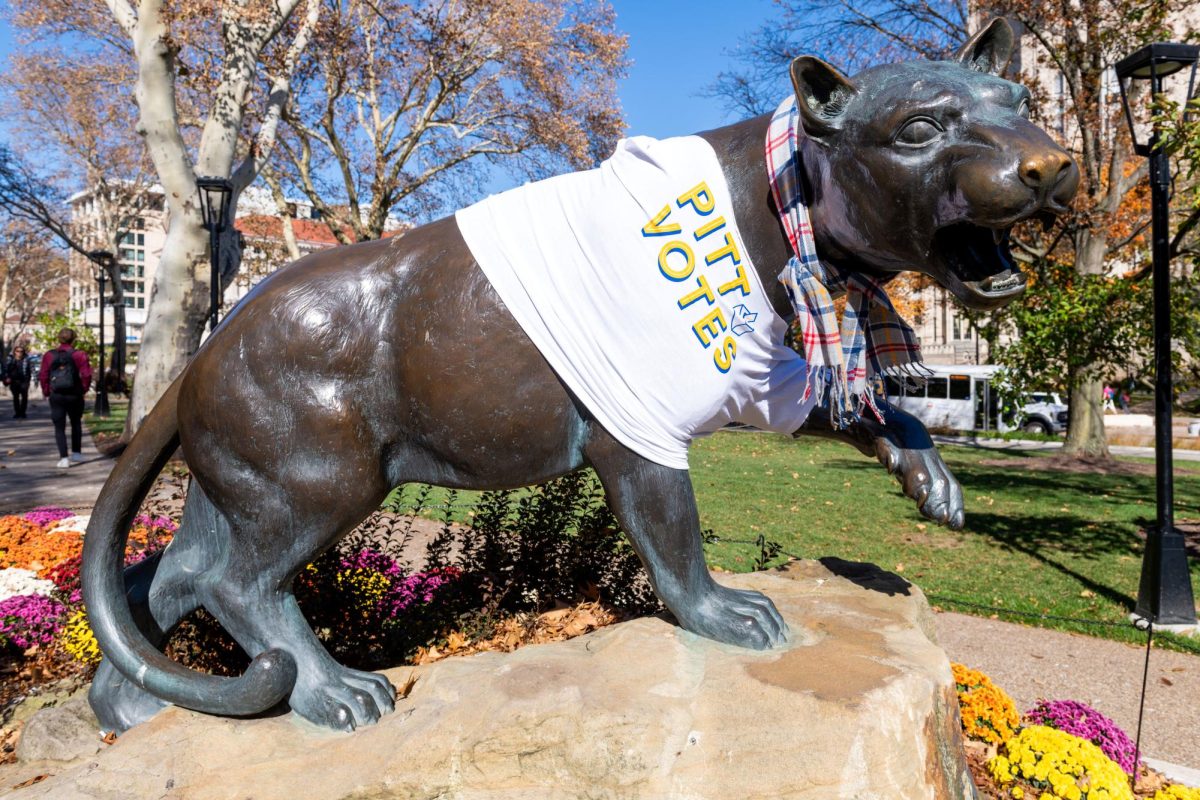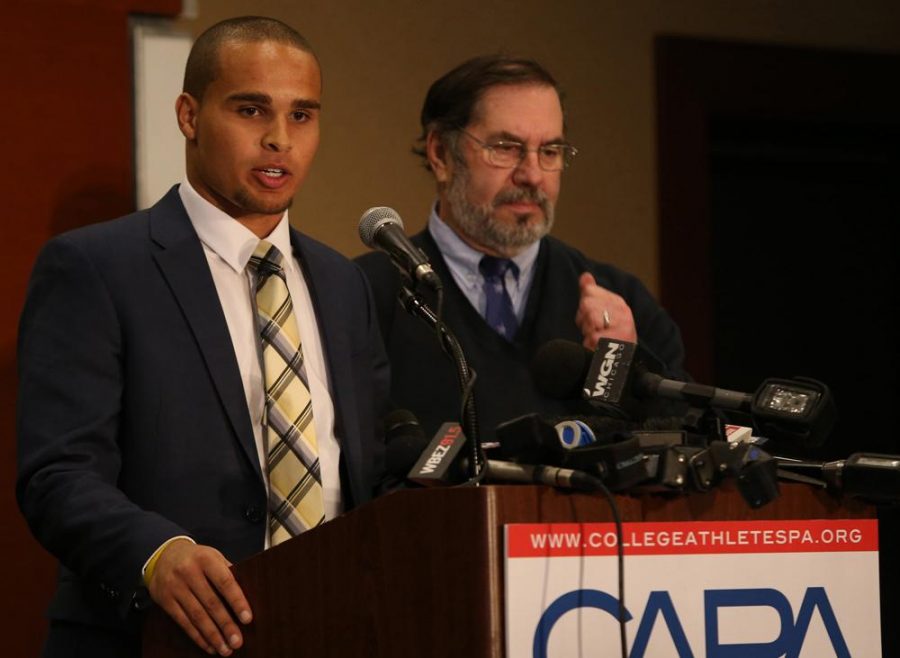You don’t have to scour the landscape of collegiate athletics to find examples of malpractice and mistreatment.
Recently, the Virginia Tech Hokies football team’s fine implementation system became a peak point of the college athletic terrain, as defensive coordinator Bud Foster revealed in an interview with local media that the program would fine players for various offenses.
While Virginia Tech’s athletic director Whit Babcock shut down the system immediately after Foster’s comments went public, a photo of a list of the fineable offenses went viral on social media.
Ten dollars for missing breakfast. Fifty dollars for a dirty room. Five dollars for being late to study hall. All of which would come from the players’ cost-of-attendance stipends.
This is an Orwellian, totalitarian way of watching over and punishing players.
This is gross misconduct and obvious exploitation but goes unchecked because of the lack of regulation over what teams and coaches can or can’t do. This instance illustrates what is every day becoming much more clear.
College athletes need a union.
“Time and time again, coaches, programs and the NCAA itself give us foolproof evidence that college athletes need the protective security blanket of a union.”
In the much-publicized legal battle stemming from speculation that Patriots star quarterback Tom Brady coordinated the illegal deflation of footballs during a blowout AFC Championship win against the Colts last year, Brady relied heavily on his union. The NFL Players’ Association was key in the federal court’s decision to revoke his four-game suspension.
And as President Barack Obama said at a pro-union rally in Boston, “If even Brady needs a union — we need unions.”
College athletes fit right into that inclusive “we.”
The primary goal of a union is to protect an employee from exploitation and unfair working conditions. A multi-millionaire zenith like Brady requires the aid of a union, yet according to a recent court ruling, perhaps the most exploited group of athletes apparently don’t fall under the umbrella of “employees” and therefore do not qualify for union representation.
Last January, a group of Northwestern University football players, led by quarterback Kain Colter, officially requested the formation of a union for college athletes. After originally getting approval from a regional National Labor Relations Board in Chicago to unionize last March, an appeal to a national branch reversed that decision, citing that whether or not the athletes are employees “does not have an obvious answer.”
Legal experts like Lester Munson deemed the reversal a “total loss” for the student-athlete unionization movement. This is a stubborn and angering proposition, as time and time again, coaches, programs and the NCAA itself give us foolproof evidence that college athletes need the protective security blanket of a union.
Without that blanket, the NCAA can suspend former Georgia running back Todd Gurley for profiting off his name by signing some autographs for money. It’s why schools like Clemson are allowed to ban their players from using social media during the regular season to avoid distraction. It’s why, until recently, players like UConn’s Shabazz Napier “went to bed hungry” because there were NCAA limitations to how much schools should feed players.
Without that security blanket, the unregulated higher-ups repeatedly take advantage of student athletes.
If the Virginia Tech fine scandal and the outrage surrounding Napier’s comments show us anything, it is that the NCAA and schools seem to respond to public outcry. College athletes deserve better protection than waiting for the media to criticize practices of schools and the NCAA. They deserve a union.
It should be said that a call for unionization is not a call for compensating athletes. It is not an affront to the importance of coaches or a stable athletic department. What it is is a cry for decency and fairness, to have a tangible resource to go to when they, the semi-voiceless student-athletes, need amplification.
It’s a fairness that unions afford professional, revenue-generating athletes like Brady throughout their entire careers. It’s time that revenue-generating “amateurs” have the same right.



